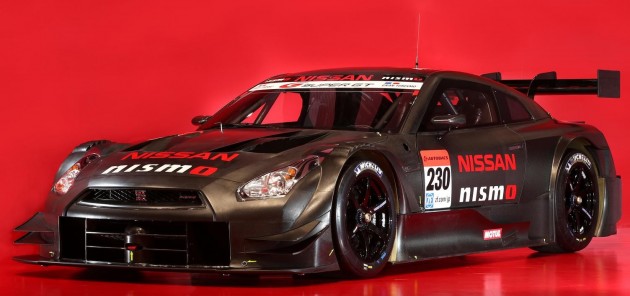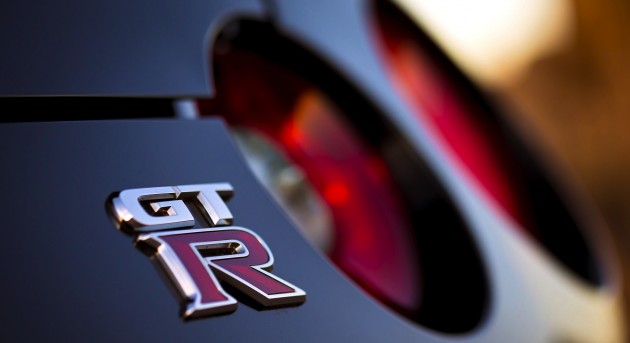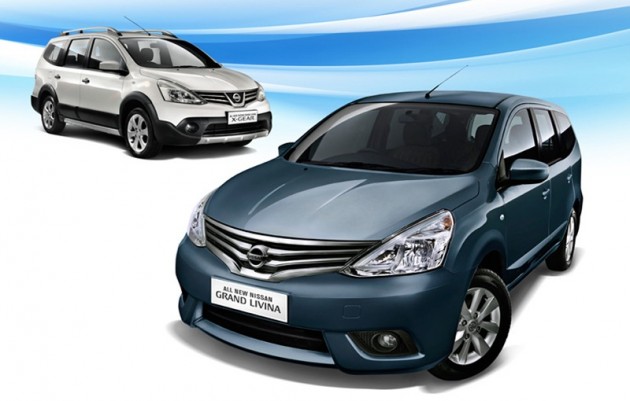

Edaran Tan Chong Motor (ETCM) officially launched the Nissan Serena S-Hybrid this morning in Setia Alam. The hybrid Serena C26 was open for booking earlier this month.
ETCM bills the Nissan Serena S-Hybrid as first hybrid MPV to be sold in Malaysia. Imported as a CBU from Japan, where the Serena is the best selling mid-size MPV, this model takes advantage of duty exemptions on hybrid vehicles below 2,000 cc that at the moment is due to end on Dec 31, 2013.
No extension to that date has been announced by the government so far, but we understand that ETCM is ready for local assembly if CBU benefits end along with the year 2013.
The Serena S-Hybrid is powered by a MR20DD 2.0 litre engine with 147 PS and 210 Nm (figures are from engine alone, excluding 54 Nm from electric motor). This direct injection twin-CVTC unit is paired to Nissan’s latest Xtronic CVT gearbox with Adaptive Shift Control.
An Idling Stop System shuts down the engine when idle, and restarts in just 0.3 seconds after the brake is released. There’s a timer that shows the driver how long idle stop is in use. The car’s ECO-Motor assists acceleration when moving off.
The S in S-Hybrid stands for “smart” and this Serena is actually a “micro-hybrid” of sorts. What Nissan did was beef up the ECO Motor, the Serena’s starter motor that controls Idling Stop and functions as an alternator during deceleration.
The starter motor uses a belt pulley type cranking system instead of a normal gear type unit. Even the regular Serena has this, but in the Serena S-Hybrid, the capacity of this motor is increased from 1.0kW/150A to 1.8kW/200A, and the engine bay has an extra 12V-27V-Ah battery. The main 12V-64V-Ah battery drives the motor, while the sub battery powers electrical components like the radio, wipers, etc.
Think of the extra bits as a simple F1-style KERS system. With it, the engine also does not need to move the car AND power the car’s electrical needs at the same time, resulting in fuel savings. Fuel economy is listed as best in class – 15.2 km/l in Japan’s JC08 test cycle.
On to the MPV part of the equation. The Serena is advertised as an 8-seater (8 seat belts), with a 2-3-3 formation. A variety of 14 seat configurations are available to the user, and there’s a Smart Multi Centre Seat that slides along the car’s centre aisle. It can function as additional storage for the front row, as an extra seat in the middle row, or as a tray table to be shared with third row passengers.
Getting in and out is easy with powered one-touch sliding doors on both sides of the MPV, which reveal the largest opening in its class. Getting into the third row is done by pushing the left second row captain’s chair against the one on the right, creating a walkway. Both middle row seats slide fore and aft.
The rearmost seats can be folded and flipped up to the sides for max cargo mode. In this case, 4 mountain bikes can fit in. With all seats in place, additional cargo room comes in the form of an under floor compartment that can swallow a golf bag or a baby stroller. There are plenty of storage spaces, including under seat boxes. Second row occupants get flip up trays with cup holders, too.
Standard equipment includes i-Key (keyless entry) with push start, auto climate control, overhead air con vents for the second and third row (temp/fan/mode control for second row), dual airbags, Vehicle Dynamic Control (VDC), ABS, EBD, Brake Assist, auto headlamps and cruise control.
ETCM is bringing in the Serena S-Hybrid in the sporty Highway Star trim level with unique front grille and bumpers, 16-inch alloys with sportier suspension and a dark interior theme. 4 exterior colour choices are available: Dark Purple, Super Black, Brilliant Pearl White and Brilliant Silver.
For a promotional period, ETCM will throw in a 6.5-inch head unit with navigation, USB, Bluetooth and rear view camera, worth RM3,300. Optional equipment include a 10.1-inch roof mounted LCD panel (RM700), combination leather interior (RM2,800), window tint (V-Kool or Solar Gard) and door visors (RM400).
The imported from Japan Nissan Serena S-Hybrid retails for RM149,500 on-the-road including insurance. Warranty is 3 years or 100,000 km, whichever comes first.















